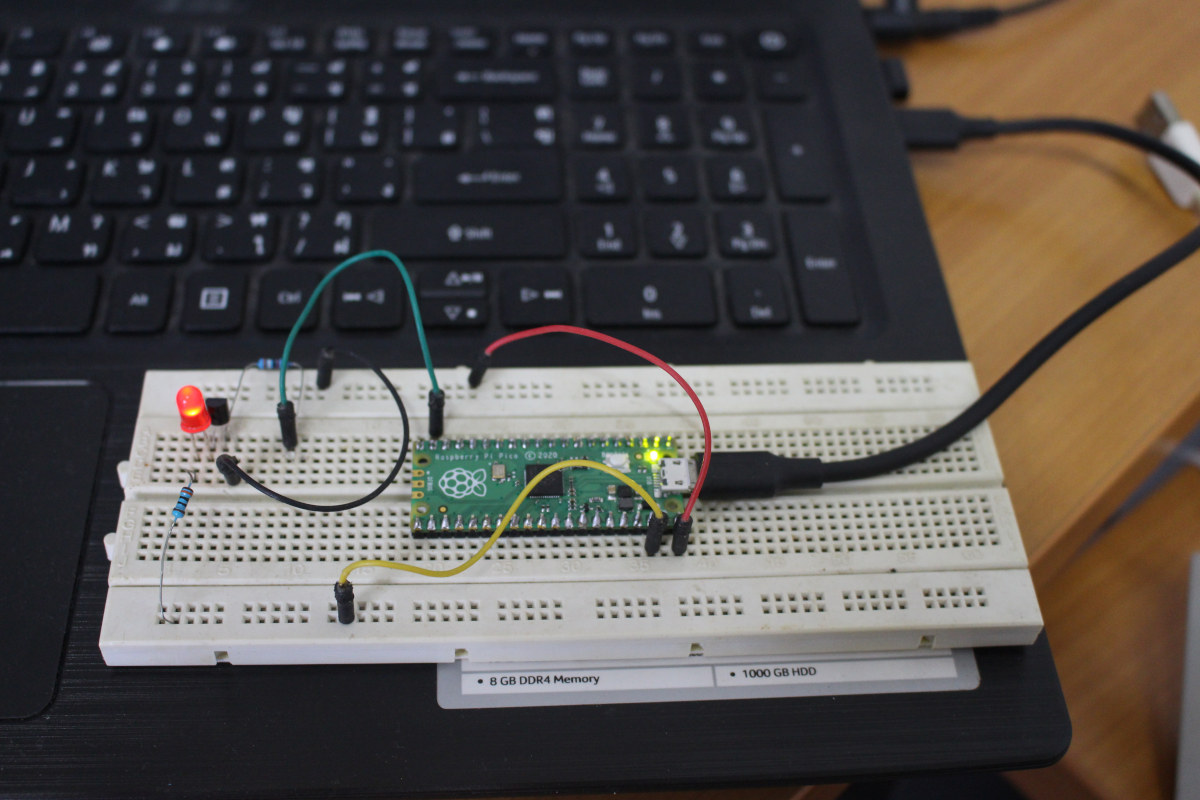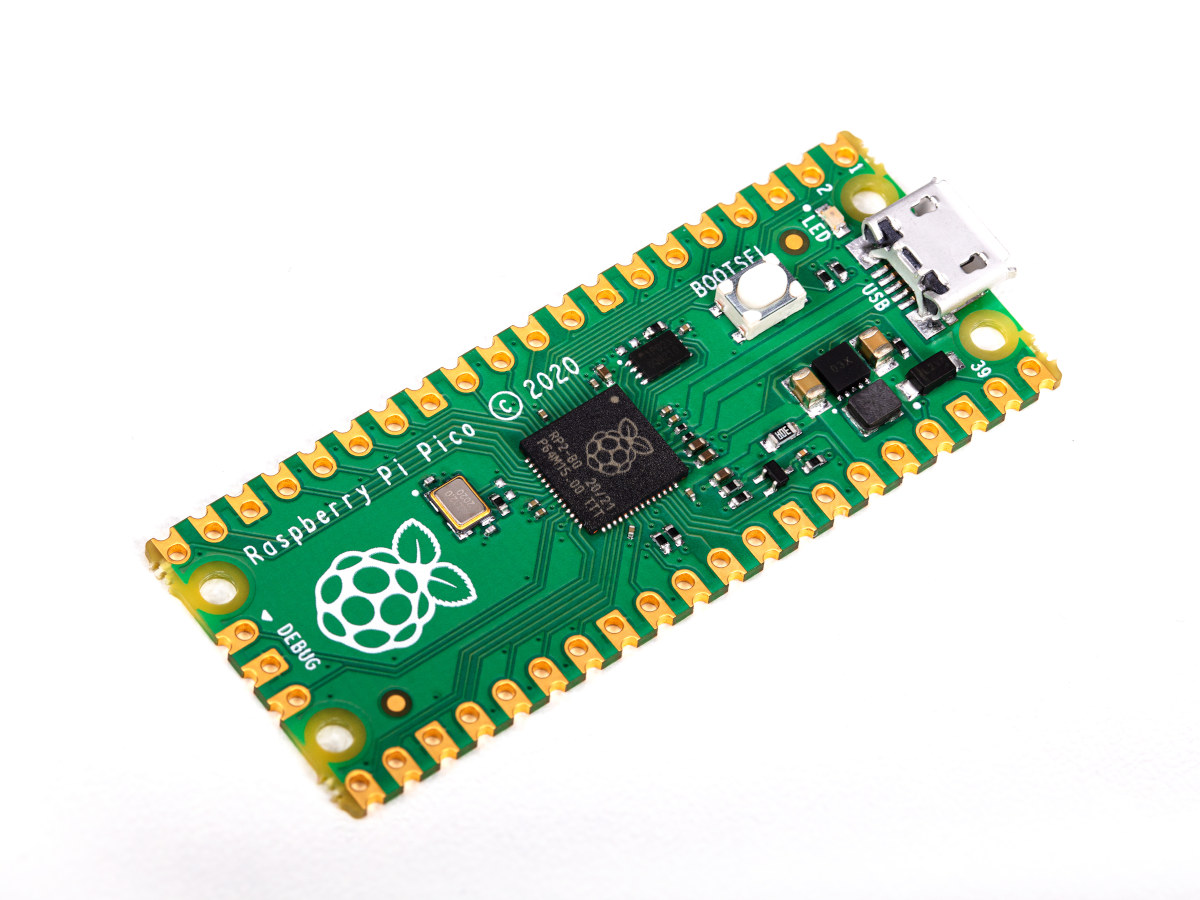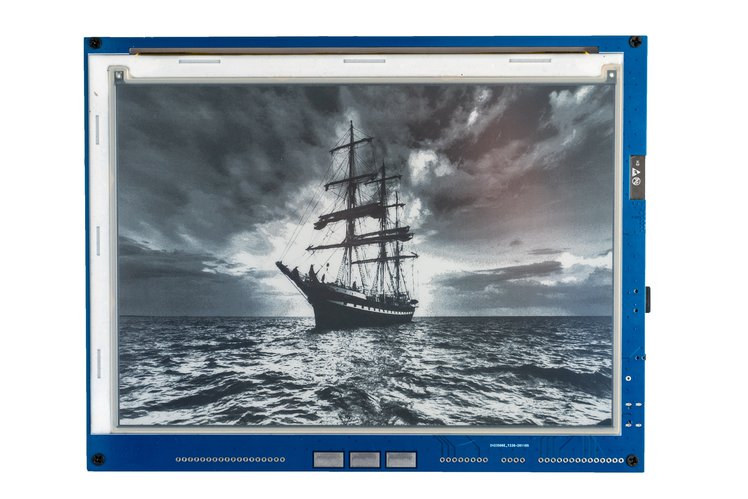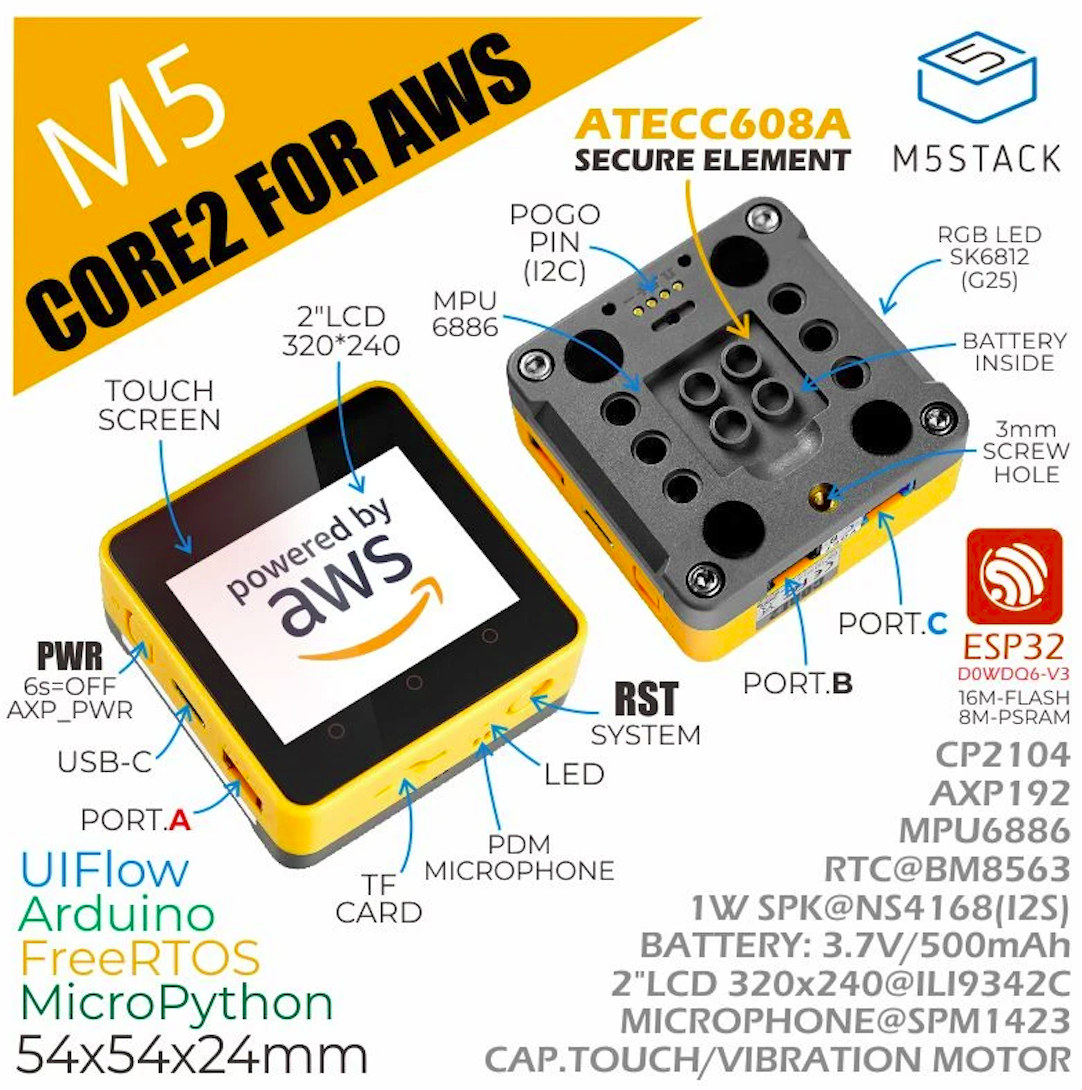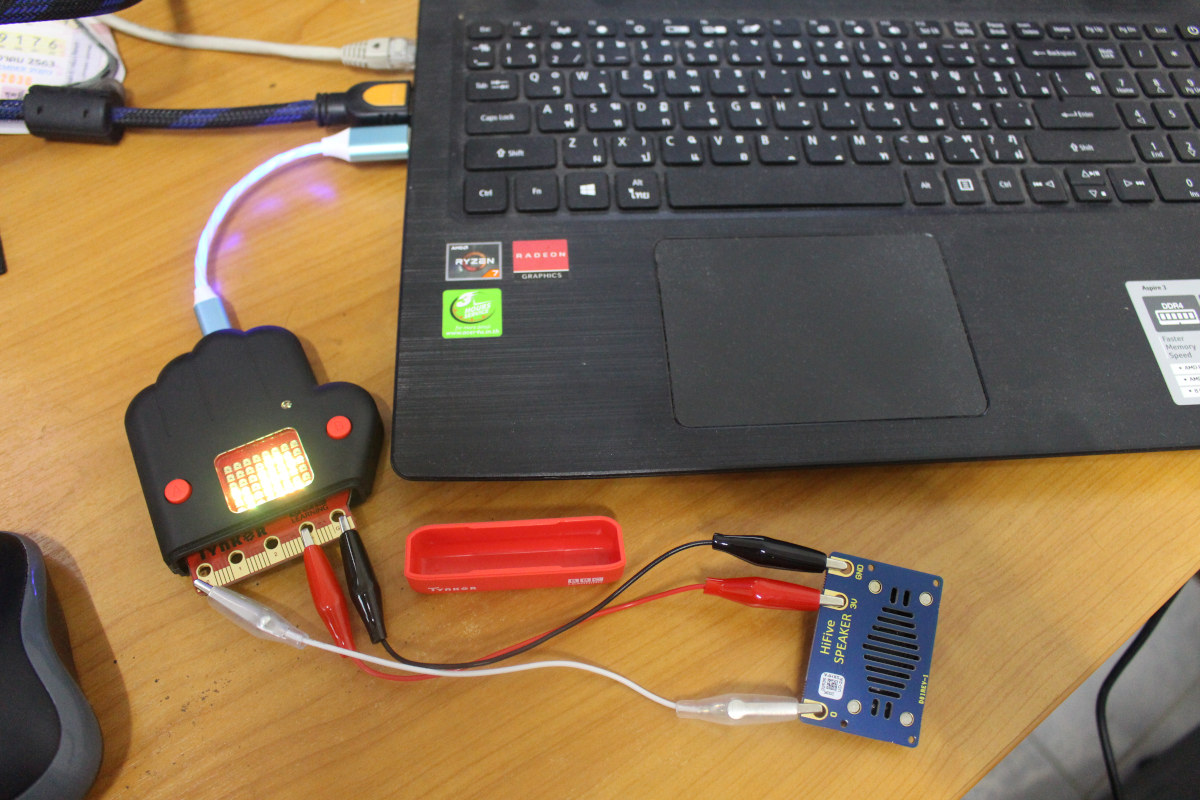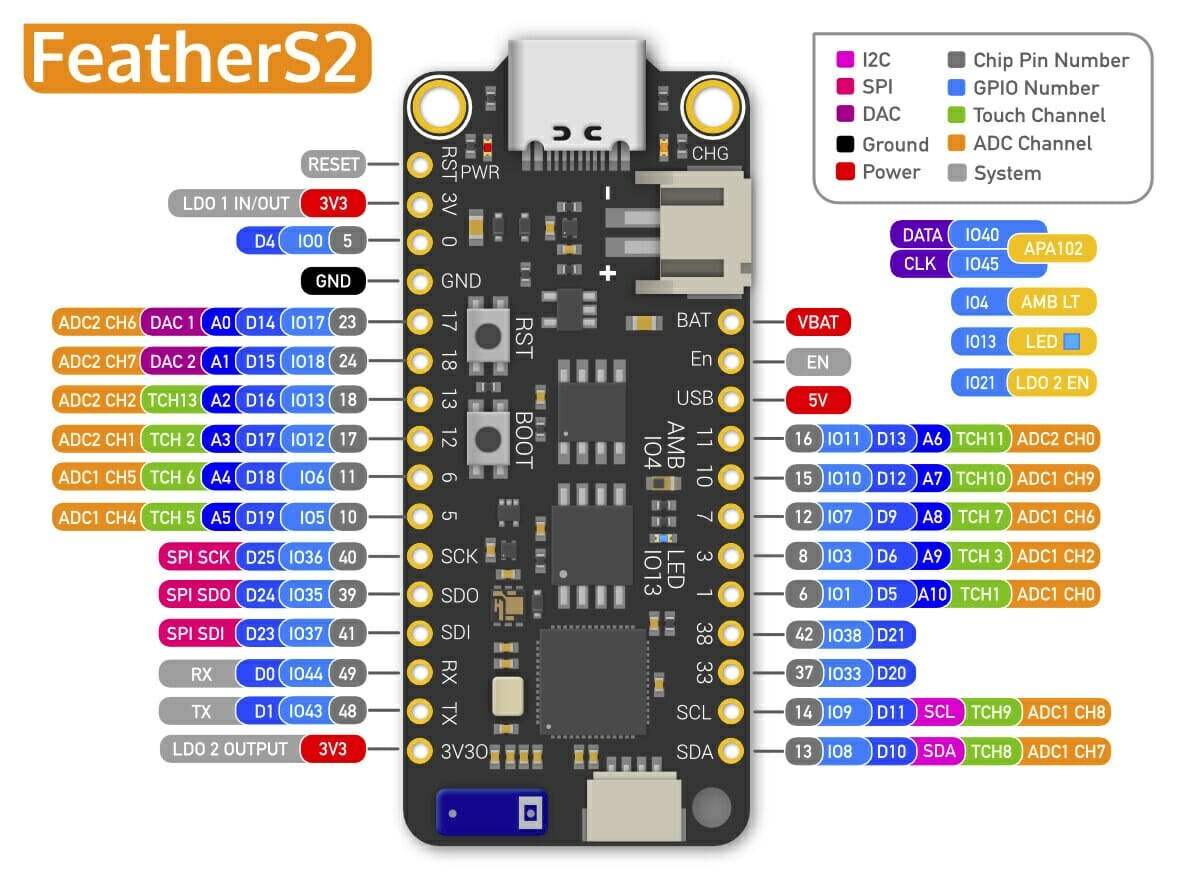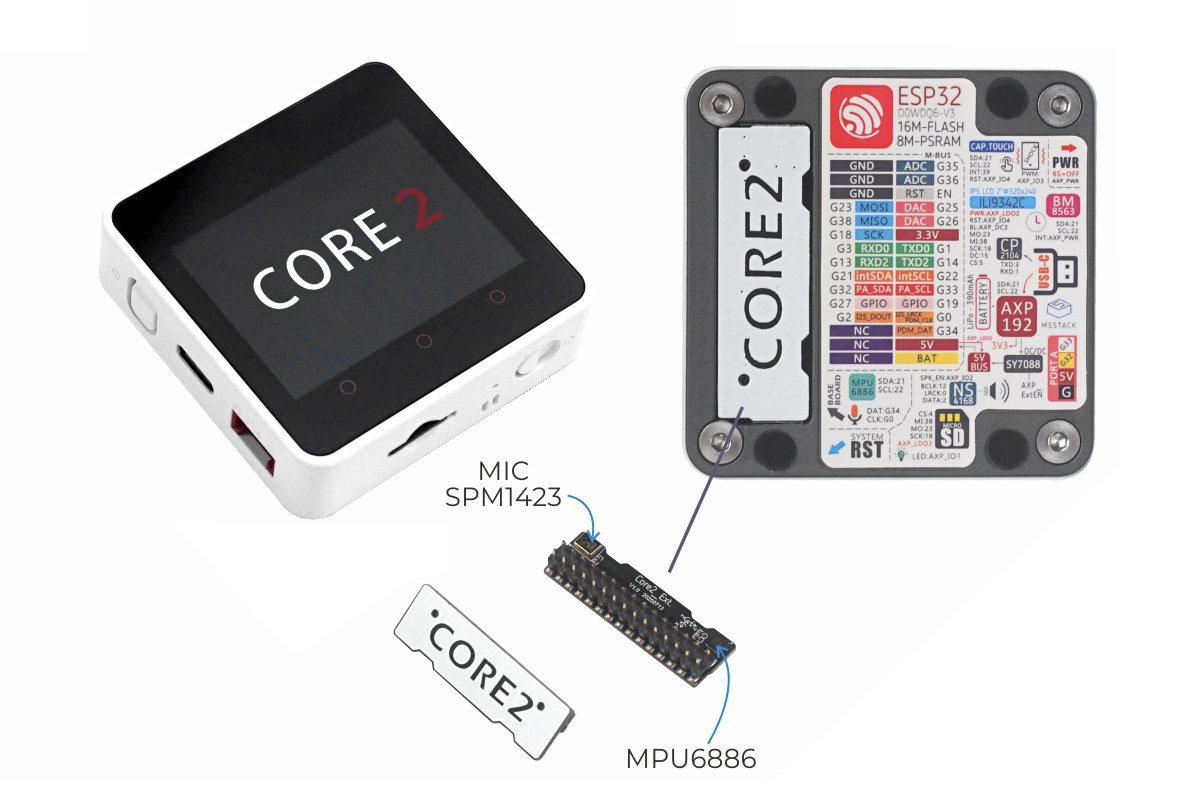Raspberry Pi Pico board was just launched last Thursday, but thanks to Cytron I received a sample a few hours after the announcement, and I’ve now had time to play with the board using MicroPython and C programming language. I went to the official documentation to get started, but I had to look around to achieve what I wanted to do, namely blinking some LEDs, so I’ll document my experience with my own getting started guide for Raspberry Pi Pico using a computer running Ubuntu 20.04 operating system. The instructions will be similar for Windows and Mac OS. Preparing the hardware In theory, we could just get started with the board alone, but since I got some headers with my board, I also took the opportunity to try out Pine64 Pinecil soldering iron powered by MINIX NEO P2 USB-C power supply. The soldering iron worked great for about one minute, […]
$4 Raspberry Pi Pico board features RP2040 dual-core Cortex-M0+ MCU
The Raspberry Pi Foundation introduced the Linux-capable Raspberry Pi board in 2012 to teach programming and computers. Since then, the company has introduced models with faster processors, more memory, faster interfaces, culminating with the launch of Raspberry Pi 4 in 2019. The board also comes with a 40-pin header to teach electronics, but relying on a Linux SBC to blink a LED, gather data from sensors, or controlling servos is a bit over the top. So the Raspberry Pi Foundation decided to create their own MCU board called Raspberry Pi Pico powered by RP2040 dual-core Cortex-M0+ microcontroller designed in-house by the foundation. Raspberry Pi RP2040 microcontroller Before we look at the board, let’s check out RP2040 specifications highlights: Core – Dual Cortex M0+ cores up to 133 MHz (48MHz default) Memory – 264 kB of embedded SRAM in 6 banks Peripherals 30 multifunction GPIO 6 dedicated IO for SPI Flash […]
Inkplate 10 ESP32 e-Paper display offers faster refresh rates (Crowdfunding)
Inkplate 6 is an ESP32 powered wireless e-Paper Display based on a recycled Kindle E-reader display, and that e-Radionica launched in December 2019 via a crowdfunding campaign. The company says backers were “happy about the versatility and simplicity of the display” but wished for a larger display, a faster refresh rate, and extra features. This gave birth to an upgraded version: Inkplate 10. The new ESP32 wireless display comes with a recycled 9.7-inch display with 1200 x 825 resolution, up to 38% faster refresh rates, as well as extra GPIO pins, an RTC clock, a USB Type-C port, and lower power consumption. Inkplate 10 specifications: Wireless module – ESP32 WROVER module with dual-core ESP32 processor with Wi-Fi & Bluetooth 4.0 (BLE) connectivity, 8MB PSRAM, 4MB flash External storage – MicroSD card socket Display – 9.7-inch, 1200 x 825 e-paper display with support for grayscale, partial updates, and quick refresh cycles: […]
AWS IoT EduKit leverages M5Stack Core2 ESP32 hardware
M5Stack Core2 is a neatly packed ESP32 IoT development kit with a 2-inch touchscreen display, motion sensor, a microphone., and a built-in battery that was launched last September. The hardware has been selected by Amazon Web Services and gone through some small modifications including the addition of a secure element, and a yellow paint job giving birth the the “AWS IoT EduKit” hardware and software solution designed to “learn how to build IoT applications using AWS services through a prescriptive learning program”. M5Stack Core2 for AWS IoT EduKit specifications are pretty similar, but with a few tweaks here and there: SoC – Espressif ESP32-D0WDQ6-V3 dual-core Xtensa LX6 processor clocked at up to 240MHz with 520KB SRAM, Wi-Fi, and dual-mode Bluetooth connectivity External Memory – 8MB PSRAM Storage – 16MB flash storage, MicroSD card slot up to 16GB Display – 2-inch IPS LCD screen with 320×240 resolution (ILI9342C driver), and touchscreen […]
BBC Dr Who HiFive Inventor Coding Kit review – Tynker visual programing and MicroPython
The BBC Doctor Who HiFive Inventor Coding Kit was announced at the end of November 2020 with the goal of teaching IoT to young kids. But one day, I noticed the postman left a package on the ground right next to my house’s gate for some reason. I had no idea what it could be until I read it was from SiFive on the package. So here I am about to review BBC Doctor Who HiFive Inventor Coding Kit! The package actually included two small packages with one being an “expansion board”… HiFive Inventor Coding Kit Unboxing We’ve already written about the specs in the announcement post, but here they are again for those who forgot it’s based on SiFive FE310 RISC-V microcontroller and ESP32 for WiFi and Bluetooth. Let’s open the thinner “expansion board” package first. It’s actually the HiFive Inventor board – aka the mainboard – that comes […]
M5Paper ESP32 IoT development kit features a 4.7-inch e-Ink touchscreen display
M5Stack has just launched its unique and latest core device with a touchscreen e-Ink display. M5Paper ESP32 IoT Development Kit is a fully programmable microcontroller-based platform that can be an ideal choice for your IoT applications. This low-power device could suit such purposes as an industrial controller or smart weather display. The M5Paper comes with the ESP32-D0WD, the same chip that has powered M5Stack Core2. The e-Ink display supports 16-level grayscale, which provides a great reading experience. The display is a GT911 capacitive touch screen that supports multipoint touch and a variety of gesture controls. M5Paper ESP32 IoT Development Kit Specifications SoC – Espressif ESP32-D0WDQ6-V3 dual-core clocked at 240MHz with 520KB SRAM, Wi-Fi, dual-mode Bluetooth connectivity. Memory/storage – 16 MB of flash memory along with 8 MB of PSRAM. Antenna – 2.4GHz 3D antenna. Display – GT911 capacitive touch screen with 960×540 resolution (IT8951 driver) along with 4.7″ e-Ink display, […]
FeatherS2 Board Brings ESP32-S2 to Adafruit Feather Form Factor
We’ve covered a fair number of development boards following Adafruit Feather form factor in the last year or so with products such as QuickFeather Cortex-M4 + FPGA board, OrangeCrab (Lattice FPGA), nRF9160 Feather providing LTE IoT & GPS connectivity, and other boards. But here’s yet another Adafruit Feather themed board that has just launched: FeatherS2. The tiny board is equipped with the latest Espressif Systems ESP32-S2 WiFi SoC, 16 MB SPI Flash, 8 MB PSRAM, several I/O, and a USB-C port for power and programming. FeatherS2 key features and specifications: SoC – ESP32-S2 single-core Tensilica LX7 processor @ 240 MHz, RISC-V ultra-lower power co-processor, 320 kB SRAM, 128 kB ROM Memory – 8 MB extra PSRAM Storage – 16 MB SPI Flash Connectivity – 2.4 GHz Wi-Fi – 802.11b/g/n with 3D antenna USB – 1x USB-C port for power and programming Sensor – ALS-PT19 Ambient Light Sensor Expansion 16 + […]
M5Stack Launches Core2 ESP32 IoT Development Kit with 2-inch Touch Display
M5Stack has just launched an upgrade to its M5Stack Core development with M5Stack Core2 based on the same Espressif ESP32 WiFI + Bluetooth SoC, but adding capacitive touchscreen support to the 2-inch TFT LCD, as well as a motion sensor and a microphone. The new version also adds 8MB PSRAM, a larger 390 mAh battery, and targets IoT terminals for Smart Home, industrial automation or robotics, STEM Education, and DIY prototyping. M5Stack Core2 specifications: SoC – Espressif ESP32-D0WD-V3 dual-core Xtensa LX6 processor clocked at up to 240MHz with 520KB SRAM, Wi-Fi, and dual-mode Bluetooth connectivity External Memory – 8MB PSRAM Storage – 16MB flash storage, MicroSD card slot up to 16GB Display – 2-inch IPS LCD screen with 320×240 resolution (ILI9342C driver), and touchscreen support (via FT6336U controller) Audio – 1W speaker (1W-0928), SPM4123 microphone, NS4168 I2S power amplifier Antenna – 2.4GHz 3D antenna USB – 1x USB Type-C port […]


